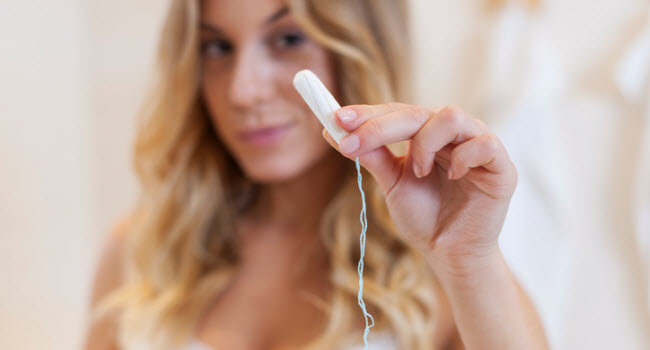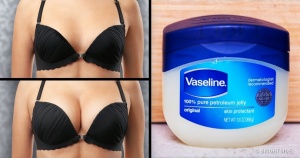
Advertisements
My first period came when I was 13 years old. It is a day I will remember forever –not because it made me finally feel like a woman, but because it happened at my birthday party. A pool party.
Worst. Party. Ever.
Of course, I was not the first woman, nor would I be the last, to be inconvenienced by menstruation. Women have been dealing with monthly bleeding and pain since…well, forever. And over those countless years we’ve come up with some pretty clever ways to manage it. Ancient Egyptians used papyrus in the vagina. Asians used soft leaves and moss to contain and conceal bleeding. Both of which make tampons look pretty fantastic, right?
Tampons are so commonplace now that many women don’t really question their use – but there are a few things you should know:
1. You need to change them regularly to guard against toxic shock syndrome.
Bacteria is a normal part of the vagina and so its presence is expected. However when you introduce a tampon – or any foreign object – into your vagina, the bacteria, called Staphylococcus aureus (staph), can get overgrown and can produce toxins. These toxins can sometimes enter the blood stream and cause toxic shock syndrome.
While there’s still a lot we don’t know about the disease, we do know that the longer a tampon stays in the vagina, the higher the risk for infection. So, though toxic shock syndrome is very rare, be sure to guard against it by changing your tampon every few hours.
And arm yourself with information – learn more about the risk factors and symptoms of toxic shock syndrome here.
2. Tampons are a no-no when you’re not on your period.
Ever have discharge that is way heavier than you like? Or are worried you have an infection? Or have unprotected sex and, ahem, want to be clean afterward? Maybe you’ve been tempted to use a tampon for these things.
While there isn’t much actual scientific evidence on this topic, most doctors don’t recommend using a tampon when you’re not on your period.
Advertisements
First, you’re more likely to forget it’s there (which is not only gross but could also make you sick). Second, discharge is usually there for a reason, whether its infection, irritation, or a fluid that needs to drain out. And using tampons when you’re not bleeding will be more painful – a dry tampon will hurt going in and coming out.
3. There’s still a lot we don’t know about tampon safety.
Because there is so little research money spent on menstrual protection safety, there are several national bills in Congress now trying to promote more information on safety of the products and disclosure of the chemicals in tampons.
The most popular one currently is the Robin Danielson Feminine Hygiene Product Safety Act, which provides for and funds research in feminine hygiene products. It also looks for longer term outcomes, like if tampons contribute to endometriosis or infertility.
4. In most states, tampons are considered a “luxury” item.
Most women would define tampons, pads, or other period protection to be a basic hygiene need. While there is no sales tax on items considered necessities, like groceries, prescriptions, food stamp purchases, etc., many states consider tampons to be “luxury items” and, therefore, subject to tax.
Canada and Britain recently lifted their version of the “Tampon Tax,” and there is a movement in the United States to do the same.
5. In the future, your tampon may tell a lot about you.
As strange as it may sound, in the near future, the tampon market may combine with technology to produce products which can analyze menstrual blood for infections, problems with fertility, vaginal pH, or endometriosis. Both commercial investors and scientists are interested in this development – and you should be too!
6. There are other options beside tampons!
Of course, there are pads, too. But in recent years, an emphasis on environmental awareness and sustainable living prompted the development of even more options – like menstrual cups, sea sponges, and even flow-absorbing underwear. These new period protectors come in lots of sizes, styles, colors, and features to appeal to different sensibilities. While women have more choices than ever, there is not much research to prove the safety of these products. So far, menstrual cups have been shown to be safe and effective and are gaining momentum with younger women. Sea sponges (also called menstrual sponges) are inserted into the vagina, so there’s risk of toxic shock syndrome (risk can be reduced by removing and washing the sponge every three hours). The flow-absorbing underwear? It’s brand new and still untested.
by Katie McHugh, MD



Comments